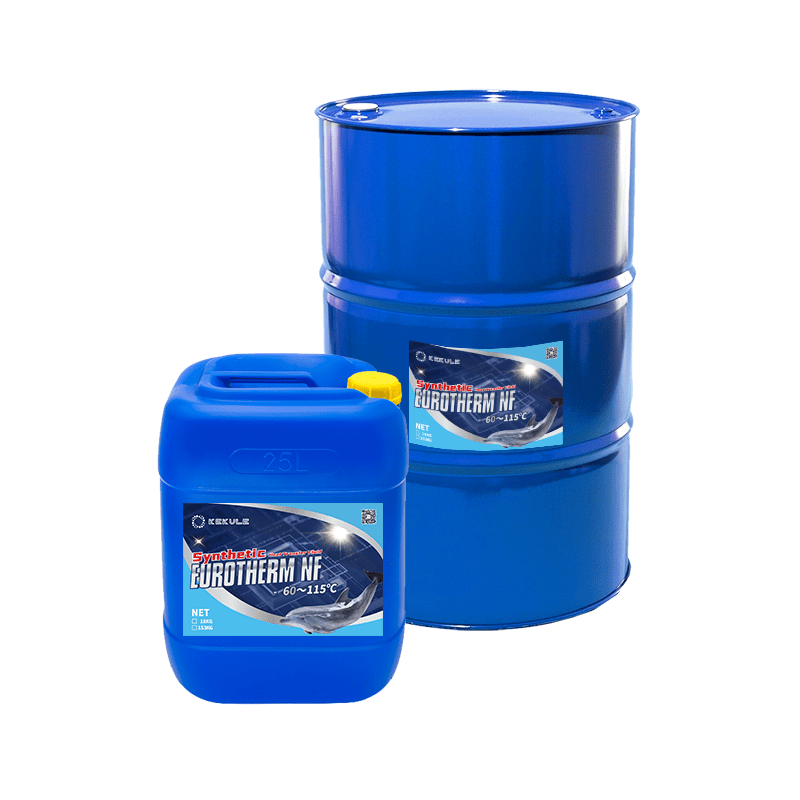The Only Guide to Chemie
Table of ContentsWhat Does Chemie Do?Excitement About ChemieGetting The Chemie To WorkIndicators on Chemie You Need To KnowChemie Fundamentals ExplainedFacts About Chemie Revealed
By Bojanna Shantheyanda, Sreya Dutta, Kevin Coscia and David SchiemerDynalene, Inc. Fluid air conditioning, which can be achieved utilizing indirect or straight means, is used in electronic devices applications having thermal power densities that might go beyond secure dissipation through air cooling. Indirect liquid cooling is where warm dissipating electronic components are physically divided from the fluid coolant, whereas in instance of straight cooling, the parts are in direct contact with the coolant.Nevertheless, in indirect cooling applications the electrical conductivity can be crucial if there are leaks and/or spillage of the liquids onto the electronic devices. In the indirect cooling applications where water based liquids with corrosion preventions are typically utilized, the electrical conductivity of the fluid coolant mainly depends on the ion concentration in the liquid stream.
The increase in the ion concentration in a closed loop liquid stream might occur because of ion leaching from steels and nonmetal elements that the coolant liquid is in call with. During procedure, the electric conductivity of the fluid may increase to a degree which could be hazardous for the air conditioning system.
How Chemie can Save You Time, Stress, and Money.
The examples were allowed to equilibrate at room temperature for 2 days before taping the initial electrical conductivity. In all tests reported in this research study fluid electrical conductivity was determined to a precision of 1% using an Oakton CON 510/CON 6 series meter which was calibrated prior to each dimension.
A Biased View of Chemie
from the wall surface home heating coils to the center of the heater. The PTFE example containers were placed in the heater when consistent state temperatures were gotten to. The examination arrangement was removed from the heater every 168 hours (seven days), cooled down to room temperature level with the electrical conductivity of the fluid determined.
The electrical conductivity of the fluid example was kept track of for a total amount of 5000 hours (208 days). Schematic of the indirect closed loop cooling down experiment set-up. Components used in the indirect closed loop cooling experiment that are in contact with the fluid coolant.

Not known Facts About Chemie
The adjustment in liquid electrical conductivity was checked for 136 hours. The fluid from the system was accumulated and saved.

0.1 g of Dowex material was added to 100g of fluid examples that was taken in a different container. The mixture was stirred and transform in the electric conductivity at room temperature was gauged every hour. The determined adjustment in the electrical conductivity of the UP-H2O and EG-LC test liquids including polymer or steel when immersed for 5,000 hours at 80C is revealed Number 3.
Not known Details About Chemie
Ion leaching experiment: Measured modification in electrical conductivity of water and EG-LC coolants containing either polymer or metal examples when submersed for 5,000 hours at 80C. The results show that steels contributed less ions into the fluids than plastics in both UP-H2O and EG-LC based coolants.
Liquids consisting of polypropylene and HDPE displayed the most affordable electrical conductivity adjustments. This might be due to the brief, stiff, linear chains which are much less likely to add ions than longer branched chains with weaker intermolecular pressures. Silicone likewise performed well in both test liquids, as polysiloxanes are generally chemically inert as a result of the high bond power of the silicon-oxygen bond which would certainly avoid destruction of the material right into the fluid.
The 25-Second Trick For Chemie
It would be anticipated that PVC would certainly produce similar outcomes to those of PTFE and HDPE based upon the comparable chemical structures of the products, nonetheless there might be other contaminations existing in the PVC, such as plasticizers, that may influence the electrical conductivity of the liquid - high temperature thermal fluid. Furthermore, chloride groups in PVC can likewise seep into the examination liquid and can create an increase in electric conductivity
Buna-N rubber and polyurethane revealed indicators of degradation and thermal decay which recommends that their possible utility as a gasket or adhesive material at greater temperature levels can lead to application problems. Polyurethane entirely degenerated right into the examination liquid by the end of 5000 hour test. Figure 4. Prior to and after pictures of steel and polymer examples submersed for 5,000 hours at 80C in the ion seeping experiment.
Measured this hyperlink modification in the electric conductivity of UP-H2O coolant as a feature of time with and without resin cartridge in the closed indirect cooling loop experiment. The measured change in electric conductivity of the UP-H2O for 136 hours with and without ion exchange material in the loophole is received Figure 5.
Comments on “The Main Principles Of Chemie”